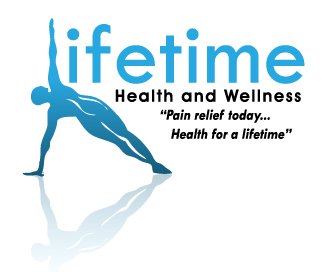As parents, we are focused on providing the very best for our children. As we send them off to school, our intention is no different.
We are often told that carrying a bag of books on one shoulder is bad for posture. So, we confidently turn to the 2-strap backpack thinking we are taking stress off the little ones’ backs.
However, contrary to popular belief, these backpacks can be just as bad for the health of your children’s spines. When worn improperly or packed too heavily, even the 2-strap backpack can negatively affect the neck, shoulders, upper back and lower back.1
In a 2003 article published in SpineJournal, researchers revealed that out of 1122 backpack users, 74.4% suffered back pain. When compared with adolescents who had no back pain, adolescents with back pain carried significantly heavier backpacks compared to their body weights. These facts led the researchers to conclude “the use of backpacks, and especially the backpacks carrying heavier loads, was independently related to the incidence of back pain in adolescent students.”2
In another study, researchers found backpack weight was effective in predicting back pain in a sample of 3,498 students in California. They also found that girls and students who walk to and from school were more likely to report back pain. When the severity of pain was taken into account, older age, walking to and from school, and method of wear were all statistically significant.3
Knowing the harmful effects of a backpack on a child’s musculoskeletal health, what can parents do?
According to the Canadian Chiropractic Association (CCA) and the American Chiropractic Association (ACA), the idea is to “Pack it Light, and Wear it Right.” Both the CCA and the ACA agree on the following recommendations regarding the choice, packing, and carrying of backpacks.4,5
1. Choosing a Backpack
An important factor is the size of the backpack relative to the size of the child. The top of the backpack should not extend higher than the top of the shoulder, and the bottom should not fall below the top of the hipbone.
The backpack ought to be as light as possible – made from materials such as nylon or vinyl instead of leather.
The shoulder straps should be at least two inches wide, adjustable and padded. The straps themselves must leave ample room for movement of the arms. The back portion of the backpack should also be padded for protection and comfort.
Backpacks should always include a hip strap or waist belt. This redistributes as much as 50 to 70 percent of the backpack weight to the pelvis, which decreases the load on the upper back, neck and shoulders.
Choosing a backpack with several individual pockets instead of one large compartment makes it easier to prop-erly distribute the weight. Another option is to use a backpack-style carrier with wheels and a pull handle for easy rolling.
2. Packing a Backpack
The total weight of the backpack plus its contents should never exceed 15 per cent of a person’s body weight (e.g., a 90-pound child should not carry more than 14 pounds in a backpack). For elementary-aged children, reduce this number to below 10 percent of their body weight.
Pack contents so the weight is evenly distributed in the backpack. Place heavier items closer to the body. This reduces the pulling effect on the shoulder straps. It also makes it easier for the child to maintain balance without leaning forward.
To help stay under the recommended load, only pack items needed for that day. Load odd-shaped items on the outside to prevent them from digging into your child’s back.
3. Carrying a Backpack
Both shoulder straps should be adjusted so the pack fits snugly to the body but not too tight. A parent’s hand should be able to slide between the backpack and the child’s back. Always fasten hip straps.
If you’re still not sure what to do, ask chiropractor Dr Schening for advice. In addition to helping fix spinal misalignments caused by an improperly fitting back-pack, Chiropractor Dr. Schening of Life Time Health and Wellness can help prevent these problems from happening in the first place.
References and Sources:
1. Whittfield J, Legg SJ, HedderleyDI. Schoolbag weight and musculo-skeletal symptoms in New Zealand secondary schools – Applied Ergonomics2005: 36(2): 193-8.2. Sheir-Neiss GI, Kruse RW, RahmanT, Jacobson LP & Pelli JA. The Association of Backpack Use and Back Pain in Adolescents – Spine Journal 2003; 28(9): 922-930.3. Siambanes D, Martinez JW, ButlerEW & Haider T. Influence of School Backpacks on Adolescent Back Pain. – J Pediatr Orthop 2004;24(2): 211-217.4. Pack It Light, Wear It Right – Canadian Chiropractic Association publication.5. Backpack Misuse Leads to Chronic Back Pain, Doctors of Chiropractic Say – AmericanChiropractic Association.
